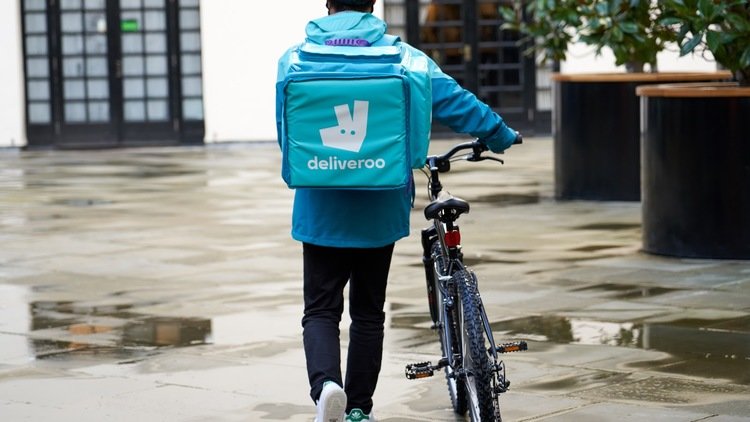Deliveroo rides away with a doubling of orders but appetite may wane
Susannah Streeter, senior investment and markets analyst, Hargreaves Lansdown comments:
“Our lockdown love affair with takeaways shows little sign of cooling just yet, with Deliveroo bringing home resilient sales even when restaurants have opened back up.
The boost the pandemic gave to the delivery giant was expected given the captive market when hospitality was shut and the company delivered, with orders more than doubling on its platform to £148.8 million. Gross transactional value for the six-month period was £3.4 billion, a 99% rise from the same period in 2020, with a forecast that GTV for the year would be up to 60% higher than last year.
Deliveroo appears to be dominating the takeaway scene in many towns and cities where its distinctive mint green jacketed riders operate, despite Uber Eats and Just Eat rivals breathing down their neck. But investors appeared to have lost a little appetite for shares in early trading, with the company expecting customer behaviour to moderate later in the year.
Despite the surge in revenue, the company still doesn’t make a profit – although its pre-tax losses have narrowed again to £104.8 million against £128.4 million a year earlier.
But Deliveroo’s business model has been given a vote of confidence after its Berlin based rival Delivery Hero snapped up a £300 million stake this week, pushing up shares to the highest level since the company’s stock market flop. There is speculation growing that Deliveroo could potentially be a target for takeover given the rush of acquisitions in the British market.
One of Deliveroo’s strengths is that it offers higher quality restaurant options than some rivals, which, coupled with its personalised app content and hyper-localised delivery approach, could be a major draw. It’s also expanding its delivery-only ‘dark’ kitchens, which offer restaurants a way to expand without having to invest lots of cash. What may be whetting appetite in another spoke of Deliveroo’s strategy – the expansion of its grocery delivery business – and hiring former Amazon executive Devesh Mishra as chief product and technology officer is part of the plan to expand the reach of the platform.
The fact that it relies heavily on a gig economy model is still a risk for the company. So far it’s shaken off attempts to change the self-employed status of its riders in the UK, but has pulled out of the Spain, due to legal changes requiring food delivery platforms to hire staff and not pay them as independent contractors. It could face further difficulties expanding globally if legislators elsewhere look again at workers’ rights in the sector.
The pandemic has clearly offered a structural growth opportunity for Deliveroo, but the longer-term outlook depends on how demand holds up in a post-pandemic world, and if that road to profitability looks any clearer.”




